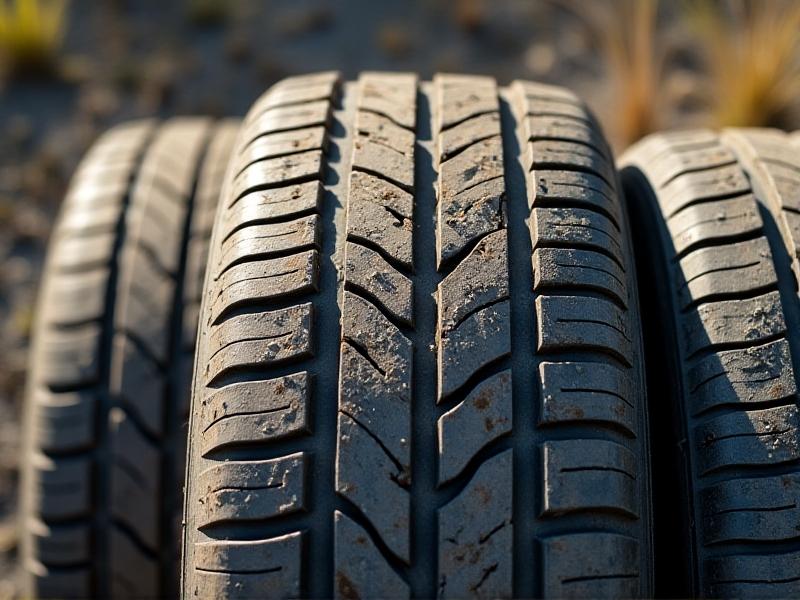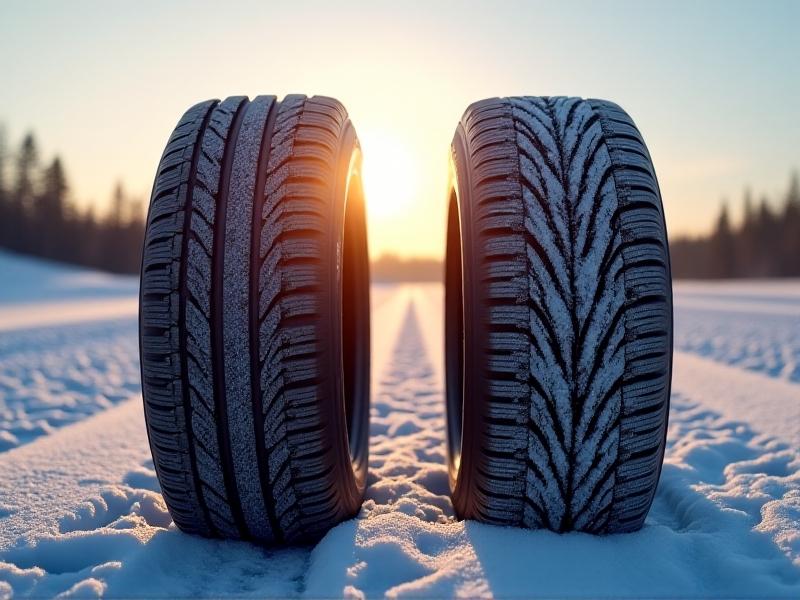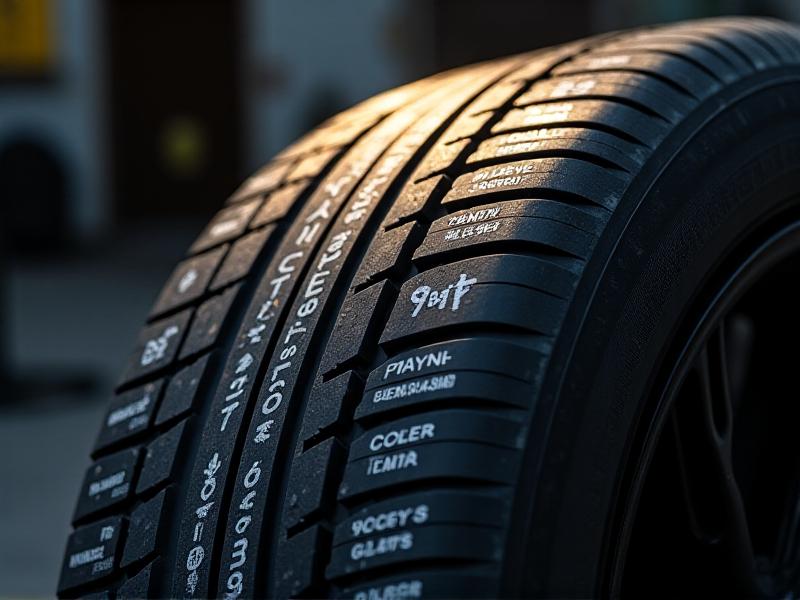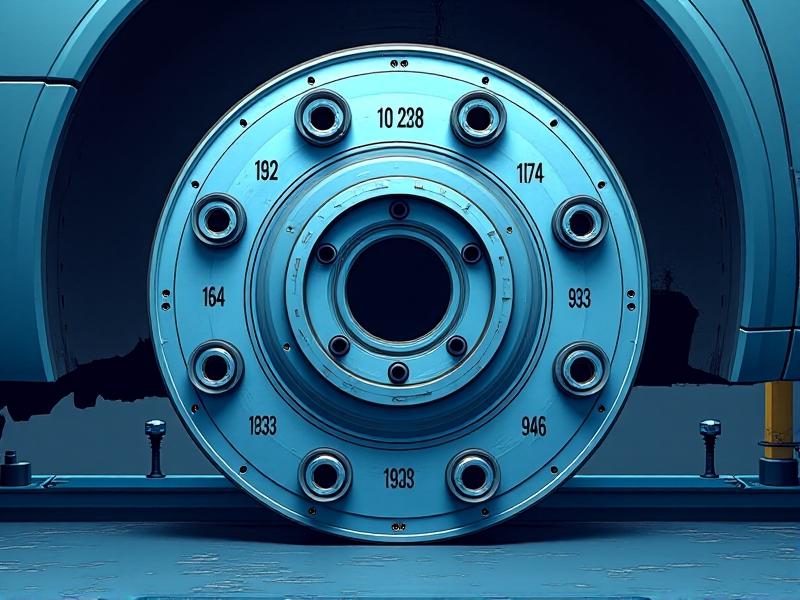```html
Understanding Tire Aging: More Than Just Tread Depth
When most drivers think about tire wear, their first concern is tread depth. While worn tread is a critical safety issue, tires can degrade in less obvious ways long before the tread bars become visible. Aging affects rubber compounds, structural integrity, and overall performance, often through visual cues that go unnoticed. This article explores the subtle yet significant signs of tire aging—cracks, discoloration, sidewall deterioration, and more—to help you stay ahead of potential hazards.
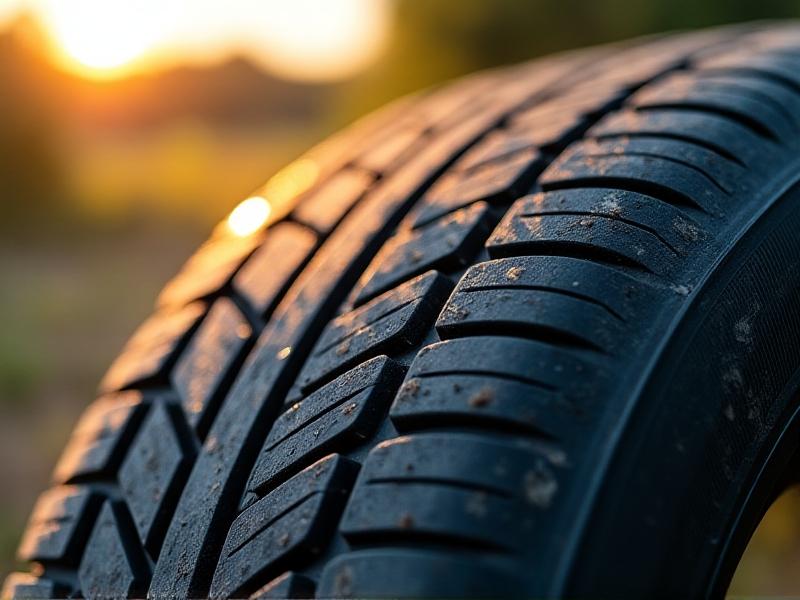
Sidewall Cracking: The Silent Warning
The sidewall—the tire’s protective outer layer—is particularly vulnerable to aging. Exposure to UV rays, temperature fluctuations, and ozone can cause the rubber to dry out, leading to fine cracks known as
weather checking
. These cracks often start as hairline fissures near the rim or tread edges and deepen over time. Severe cracking compromises the tire’s ability to hold air and withstand road impacts, increasing the risk of blowouts. Regularly inspect sidewalls for these jagged patterns, especially on tires older than six years.
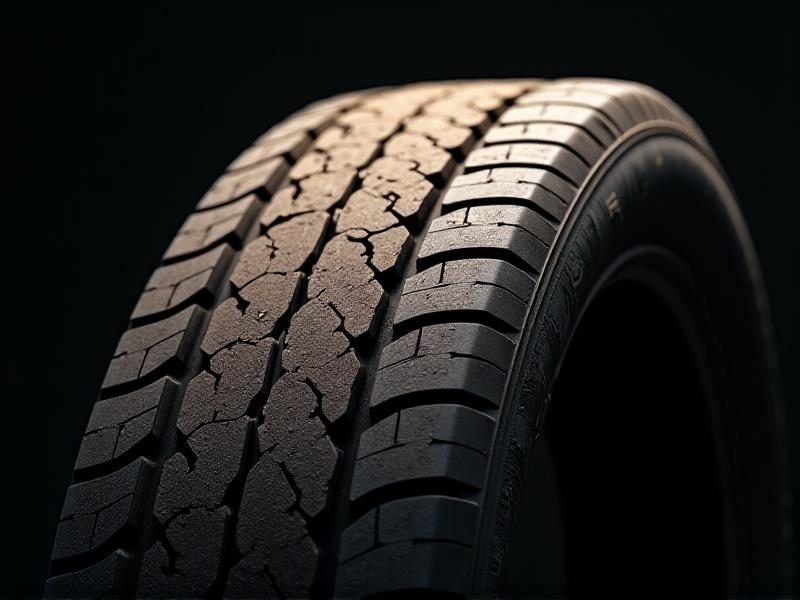
Tread Deformation: Uneven Wear and Flat Spots
While tread wear is expected, irregular patterns like cupping, scalloping, or flat spots often signal aging. Cupping (small, scoop-shaped dips) suggests suspension issues or loss of rubber elasticity. Flat spots, caused by prolonged parking or brake lockups, may become permanent if the tire’s internal structure hardens with age. These deformities create vibrations, reduce traction, and indicate that the tire can no longer flex properly—a key sign it’s time for replacement.
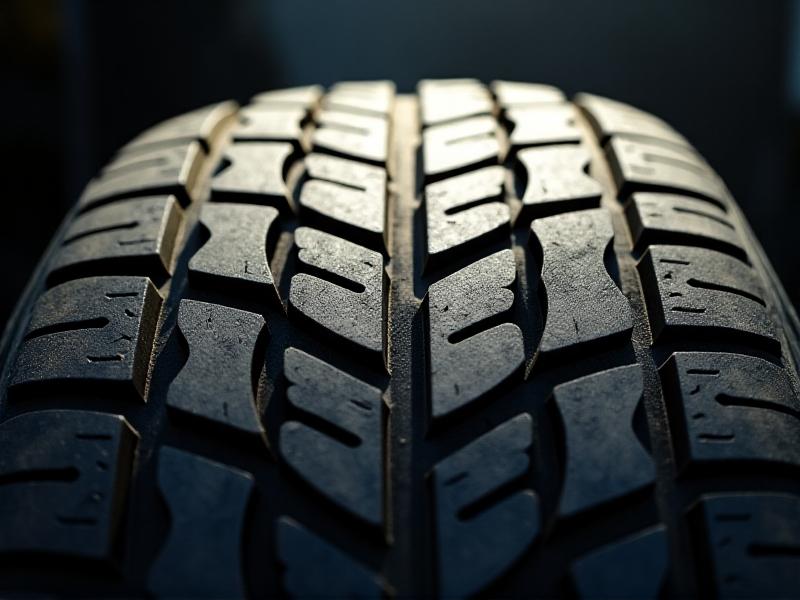
Discoloration and Oxidation: Fading Tells a Story
New tires have a deep black hue due to carbon-based stabilizers. Over time, UV exposure breaks down these additives, turning rubber gray or brown—a process called oxidation. This fading isn’t just cosmetic; it signals weakened polymers. In severe cases, oxidized tires develop a chalky residue. Check for color changes, particularly in areas with intense sunlight, and consider using tire protectants to slow degradation.
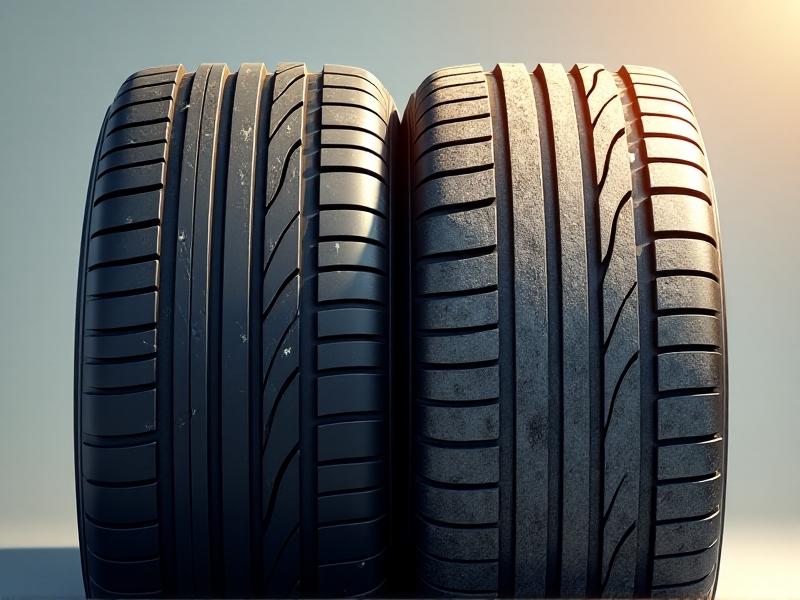
Valve Stem Deterioration: A Small Part with Big Risks
Valve stems—the tiny caps that maintain air pressure—are often overlooked. Made of rubber or thermoplastic, they harden and crack with age, leading to slow leaks or sudden air loss. Inspect stems for brittleness, cracks around the base, or greenish corrosion (from aluminum rims). Replacing valve stems during tire rotations or balancing can prevent unexpected pressure drops.
Bulges and Blisters: Internal Damage Surfacing
Bulges or blisters on the tire’s surface indicate internal separation of the steel belts or fabric plies. Often caused by impacts (e.g., hitting potholes) or manufacturing flaws, these weak spots balloon outward under pressure. Even small bulges significantly increase rupture risk. If you notice localized swelling, replace the tire immediately—it’s a ticking time bomb.
Inner Liner Wear: Hidden Damage from Within
Modern tubeless tires rely on an inner liner to retain air. Over time, moisture, heat, or corrosive substances (like road salts) can degrade this layer, causing bubbles or delamination. While not visible externally, uneven wear or repeated air loss may hint at inner damage. Professional inspection with a borescope can reveal these hidden issues before they escalate.
Proactive Measures: Extending Tire Lifespan
Preventing premature aging starts with proper care. Store tires away from sunlight and ozone sources (e.g., electric motors). Maintain correct pressure to reduce flex-induced heat. Rotate tires every 6,000 miles to distribute wear evenly. Use silicone-based dressings (avoid petroleum products) to protect against UV rays. Lastly, replace tires every six years—even with ample tread—as rubber compounds degrade irreversibly.
